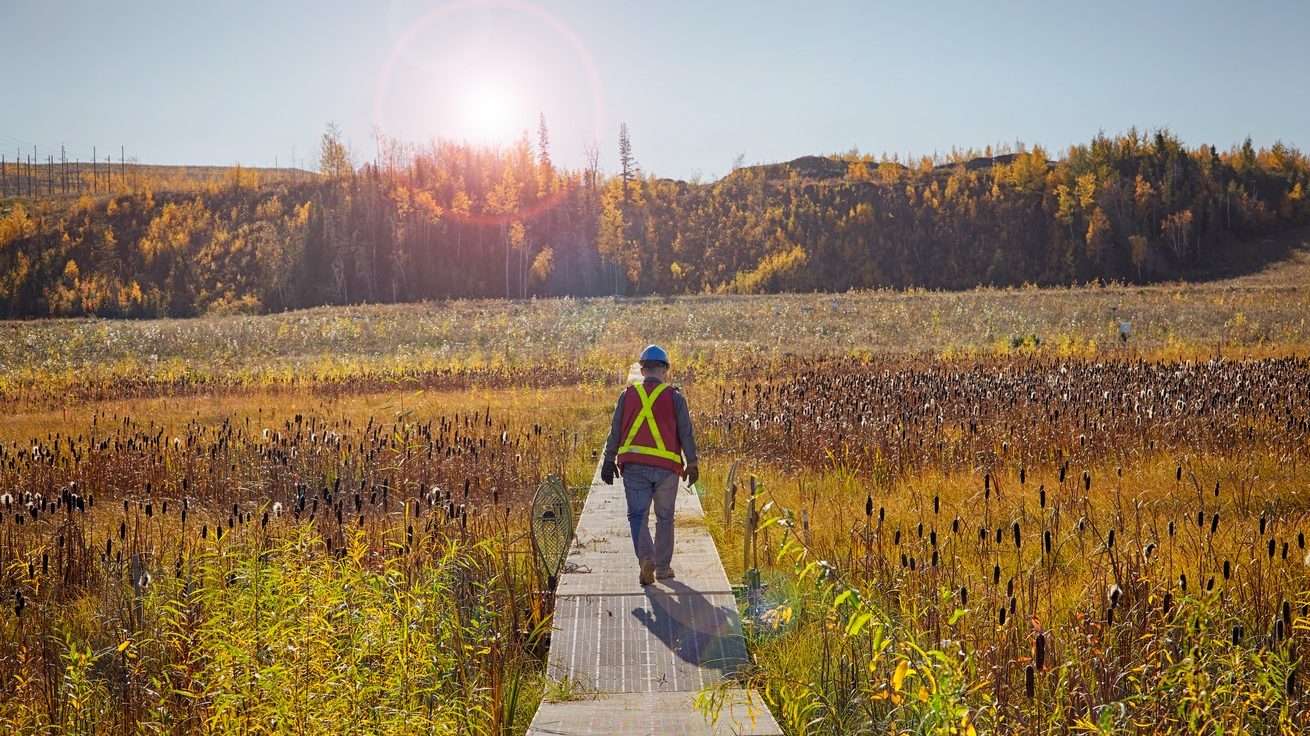
A recent report from the London-based think tank InfluenceMap, claims oil sands producers are “greenwashing” their net-zero commitments and undermining Canadian climate policy.
This discounts the very real work being done to reduce emissions.
Here are the facts:
Oil sands companies are focused on emissions reduction
Groups like the Pathways Alliance are doubling down on emission reduction plans. Pathways, which represents 95 per cent of oil sands production, aims to reduce emissions by 32 per cent (22 megatonnes per year) by 2030; 54 per cent (25 megatonnes per year) by 2040; and by 100 per cent (21 megatonnes per year) by 2050. Canada’s oil sands is the only major oil basin where producers have made such a strong joint commitment.
The anchor of this plan is one of the largest carbon capture and storage (CCS) projects in the world, which this week moved into the design phase with the award of a $10 million contract to engineering firm Wood.
Canada’s oil and gas industry is well down the path to emissions reduction. In the oil sands, companies have already achieved success reducing emissions per barrel, or emissions intensity, by 20 per cent since 2009, according to IHS Markit.
Even before the creation of the Pathways Alliance, IHS Markit expected total oil sands emissions – not just emissions per barrel – to start going down within the next five years.
Carbon capture is a real solution for emissions.
Carbon capture and storage is one of the only solutions for emissions reduction that is already working. The International Energy Agency (IEA) says Canada is a global leader in carbon technology development, where five of the world’s 30 CCS projects are located.
Even in a scenario where the world rapidly reduces fossil fuel consumption, the Intergovernmental Panel on Climate Change and IEA agree that CCS will still play an important role in reaching climate targets because it is the only available option for decarbonizing several non-energy sectors that are fundamental to modern society, such as cement, steel, chemical, and fertilizer production.
In Alberta and Saskatchewan, CCS projects have removed over 47 million tonnes of emissions since 2000, the equivalent to taking 10.2 million cars off the road.
The world can benefit from Canadian oil and gas
Global oil demand is projected to rise to 102 million barrels per day in 2030 (up from 95 million barrels per day in 2021) and stay at that level through 2050, according to the IEA. Meanwhile, natural gas demand is projected to increase to 4.4 trillion cubic metres in 2030 (from 4.2 trillion in 2021) and remain at 4.4 trillion cubic metres in 2050.
The IEA estimates that today, oil and gas supplies about 52 per cent of global energy needs. In 2050, despite the rise of renewable and alternative sources, that’s still expected to be 47 per cent.
“We will still need oil and gas for years to come,” said IEA executive director Fatih Birol early last year. “I prefer that oil is produced by countries… like Canada who want to reduce the emissions of oil and gas.”
Canada ranks number one among the world’s top oil reserve holders for environmental, social and governance (ESG) performance, . ESG measures a variety of metrics including greenhouse gas emissions, water use, Indigenous engagement, worker safety, diversity and inclusion, and regulatory processes.
The unaltered reproduction of this content is free of charge with attribution to Canadian Energy Centre Ltd.